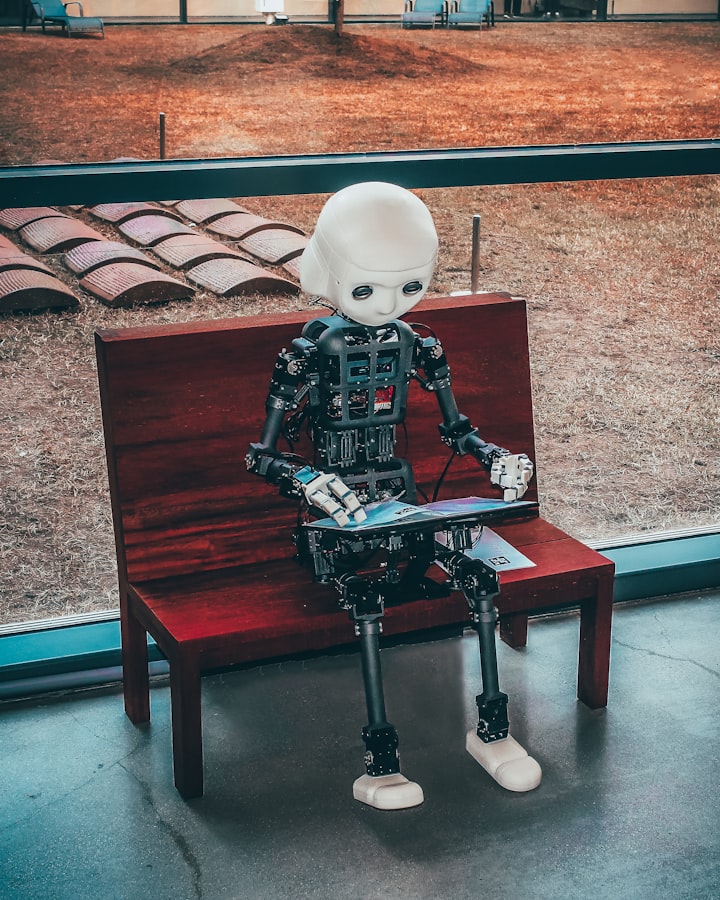Takeaways From The Learning Jam
Toddle presented the Learning Jam as a 24-hour PD event that celebrated all things STEAM

Toddle presented the Learning Jam as a 24-hour PD event that celebrated all things STEAM. Expert teachers and designers from all over the globe led sessions on a variety of topics that had a common thread of making, tinkering and innovation.
Although I couldn't attend all sessions, I enjoyed the ones I did. Below is a summary and reflection of each session. This was mostly for my own learning. The Agenda page still has the recordings. They will be uploaded to the Toddle Learn page, but you can still watch them and rewatch them for free.
Links to the Twitter profiles of speakers have been included where applicable. This allows you to connect with them, learn from their experiences, and ask any questions.
Think with your hands Gever Tulley
The Learning Jam got off to a great start with Gever Tulley's keynote presentation. He is the founder of Tinkering School and SF Brightworks. His messages about maker education, student autonomy, and learning together withstudents in solving real problems were very valuable to me. He advocates the use of physical diagrams, real tools and trusting students. I found the following quote to be particularly powerful because it captures what maker education is all about:
"You can't know what it is until you build it."
Gever Tulley
Dr. Leena Bakshi
How can I integrate anti-racism/social justice into my STEM teaching and learning? This was the powerful question that led to this inspiring session. STEM4Real founder Dr. Leena shared the root causes and reasons for underrepresentation of ethnic minorities in STEM fields. These issues can be addressed by connecting with students, sharing their experiences, encouraging creativity, and creating classroom communities that are rooted and committed to social justice.
Systems thinking through a compass - Laurence Myers
Laurence Myers presented and demonstrated the Sustainability Comppass during this session. This simple, but effective routine can be used to bring sustainability to any topic or inquiry. Teachers can also use the compass points (Nature Economy Society Wellbeing), as a common language. Teachers can reinforce sustainability by using the Compass regularly. To download the guide, click here for explanations and templates of additional Compass Education routines.
Practical learning: The secret to future-proof learning - Manish Jin
Manish Jain, a STEM toy expert, spoke in this engaging session about the importance of engaging children, and how "bringing back the sparkle in their eyes". His workshop featured a variety of toys and he demonstrated how they could be used in fun ways to enhance learning. The straw trick I shared below on my Instagram is an idea I received from Manish's session just in time to use our sound unit. It was a very engaging provocation, which raised many questions about pitch and sound waves.
Designing for Impact beyond the STEM Class - Ewan McCIntosh
Ewan McIntosh described the three essential elements of a STEM environment: clarity of purpose and communication, as well as collaboration. He suggests that STEM is susceptible to misinterpretation, so it's crucial to have a shared vision. In the session, he offered tips on how to integrate authentic design principles into a culture that values problem solving, prototyping and problem-finding. He argues that students should be given the chance to make a real difference.
Empowering a Maker Mindset - Armin Martin
Armin Martin gave advice in this interactive workshop on how to promote a maker mindset using designated makerspaces, other learning environments (including outdoors) and other learning spaces. Students are empowered and have more control. He spoke passionately about utilising loose items for maker projects and creating in ways that are environmentally-friendly. Students can make use of items they already have at home during remote learning. We were asked to do our best. Can you spot the famous building I've recreated in this photograph? Armin recommended that I avoid glue and tape to make it possible to take the pieces apart again.
Woodwork is easy - here's how to get started. - Anne-Marie Evans
Anne-Marie Evans, a woodworker advocated in this session for the return to woodwork. It is important that students have the chance to use real tools and wood for their creations. This will allow them to develop their creativity and help preserve the forests around the world. There were many tips and ideas on how to start, as well as a list of possible projects. Participation was encouraged so I made this name sign for my dog. Even though it was not a very serious project, it was the easiest option that I chose and I was oddly proud of it. Since high school, I haven’t done anything with wood.
These session summaries were useful, I hope. You can still view the recordings by clicking the links at top of the post. You can also share your thoughts and takeaways from sessions not listed here. Thank you Toddle and all the presenters for an excellent PD event.





Comments
There are no comments for this story
Be the first to respond and start the conversation.